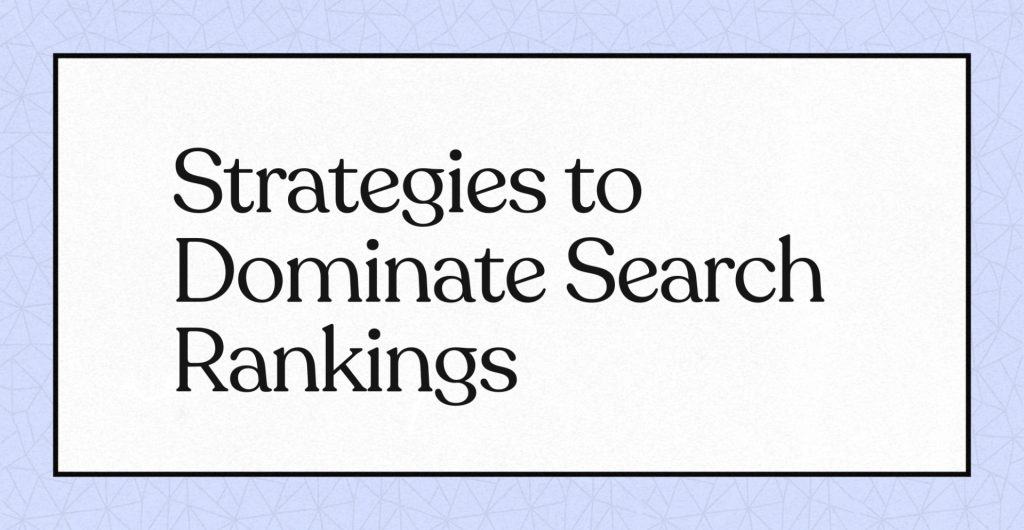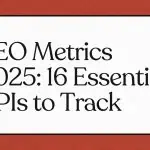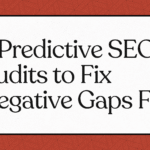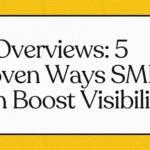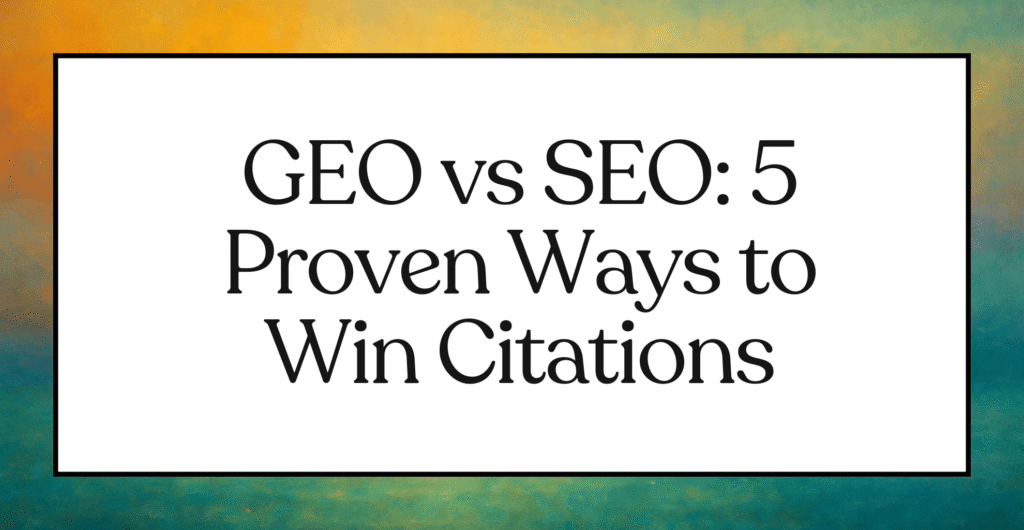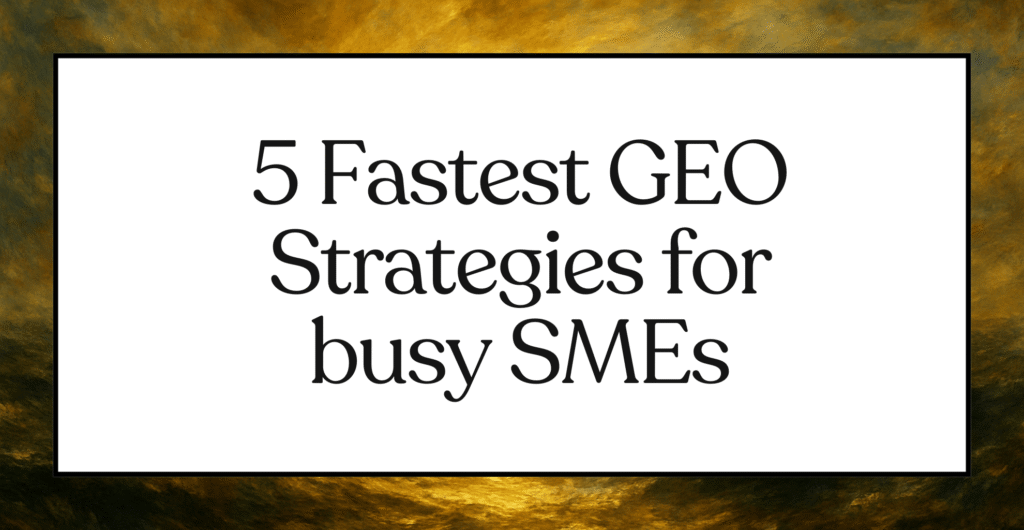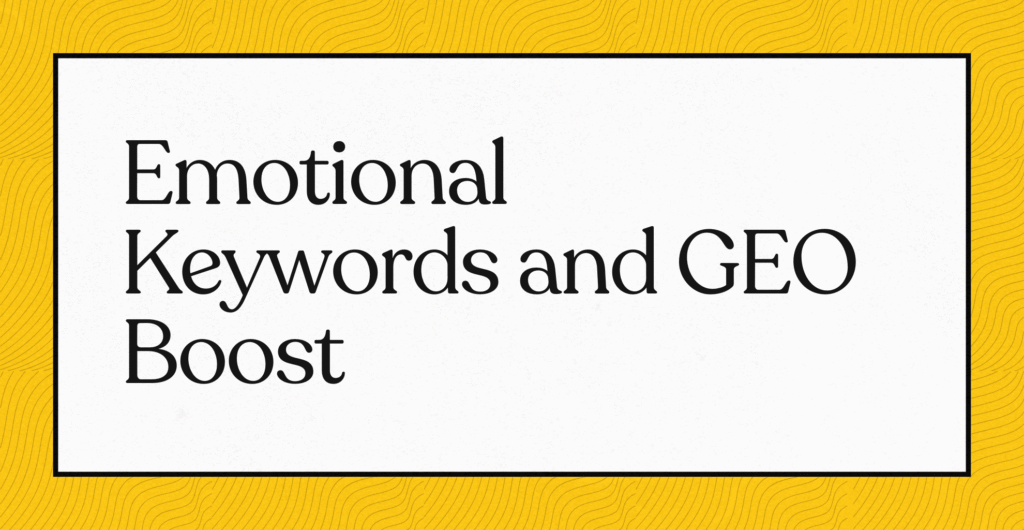Summary
Shopify SEO in 2025 prioritizes technical excellence and user experience, with a heavy emphasis on site speed, mobile-first optimization, and advanced image formats like AVIF and WebP. The integration of AI-powered personalization, comprehensive content strategies, and structured data is crucial for enhancing user engagement and boosting organic search rankings. Ultimately, success hinges on continuous technical audits and aligning SEO efforts with key business metrics like conversion rates and organic revenue growth to stay competitive.
Shopify SEO 2025 sits at the heart of e-commerce success. With 93% of online experiences starting on a search engine, and less than 1% of users clicking beyond the first page, rankings are not optional. UK retail sales are expected to surpass £120 billion this year, which makes search visibility on Shopify an essential growth driver.
Merchants are facing faster algorithm updates, AI-driven results, and stricter technical requirements. In this environment, Shopify SEO 2025 is about staying ahead of stores that are adapting quickly.
Shopify SEO 2025 Ecosystem: What’s Different Now
The ecosystem has shifted dramatically since 2024. Google’s updates now weigh user experience more heavily, while AI-enhanced search changes how shoppers discover products. Success in Shopify SEO 2025 requires adapting to these shifts instead of resisting them.
Conversion benchmarks show where optimization matters. Average e-commerce rates in 2025 sit around 2.5% to 3%. Shopify stores that break above 3.2% rank in the top 20%, and those pushing 4.7% sit in the top 10%. These numbers set the bar for measuring whether your Shopify SEO 2025 efforts are producing real business outcomes.
Organic search continues to outpace most paid channels in conversion. Well-optimized Shopify stores report traffic increases of 35% from technical adjustments alone. That’s why Shopify SEO 2025 is a framework for growth.
Technical SEO: Speed First in 2025
If one factor defines Shopify SEO 2025, it’s speed. Google’s Core Web Vitals now weigh more heavily in ranking, with Largest Contentful Paint (LCP) standing out as the metric most tied to e-commerce performance.
Optimizing Speed on Shopify
To compete in 2025:
- Compress images into WebP or AVIF.
- Cut down HTTP requests through CDNs and file merging.
- Select lightweight Shopify themes.
- Audit apps regularly to remove bloat.
- Use lazy loading for below-the-fold elements.
These steps matter because Shopify SEO 2025 rewards sites that feel instant. Fast stores convert more clicks into buyers, while slower stores get buried.
Mobile Optimization: The Non-Negotiable in Shopify SEO 2025
Mobile traffic dominates retail in 2025. Stores ignoring mobile-first optimization will see rankings slide. Shopify SEO 2025 puts mobile usability front and center with:
- Responsive layouts across devices
- Touch-friendly navigation
- Streamlined checkouts for small screens
- Content hierarchies that prioritize mobile readers
Better mobile experience cuts bounce rates and drives conversions. It also signals to Google that your Shopify site deserves visibility.
Image Optimization in 2025
Few changes deliver faster results than upgrading image formats. Shopify merchants who switch to WebP and AVIF formats report measurable speed gains. In the context of Shopify SEO 2025, image compression is not cosmetic—it’s a ranking factor and a conversion booster.
Shopify SEO 2025 is about speed, mobile performance, and user-centric design supported by technical precision. Stores that embrace these rules see sustained organic growth, higher conversions, and stronger positions in markets that are becoming more competitive every month.
AVIF vs. WebP: Which to Choose for Maximum SEO Impact?
While both formats outperform traditional JPEGs and PNGs, research shows AVIF generally delivers better compression and image quality than WebP. Specifically:
- AVIF can reduce file sizes by up to 50% compared to JPEG
- WebP is better for lossless images where maintaining perfect quality is paramount
- AVIF supports HDR, while WebP does not
- Both formats dramatically outperform traditional image formats for web use
According to a 2023 study published on arXiv, “Compared to the compressed JPEG format, WEBP and AVIF improved the Page Load Time by 21% and 15%, respectively”. This direct impact on speed translates to improved rankings and user experience.
Implementation Strategy for Shopify Stores
To implement these advanced image formats on your Shopify store:
- Use image optimization apps that support AVIF and WebP conversion
- Ensure your images include proper alt text for accessibility and SEO
- Implement responsive images that deliver appropriately sized versions based on the device
- Consider using content delivery networks (CDNs) that support these formats natively
Despite the clear advantages, web scraping data reveals JPEG and PNG still dominate web image choices, with WebP at just 4% adoption. This presents a significant opportunity for forward-thinking Shopify merchants to gain a competitive edge.
AI-Powered Personalization
In 2025, AI-driven personalization will emerge as one of the most potent tools in Shopify’s SEO arsenal. Far from being just a conversion optimization tactic, personalization now directly impacts key SEO metrics like bounce rates, time on site, and user engagement signals that search engines prioritize.
How AI Personalization Boosts SEO Performance
AI enables Shopify merchants to provide tailored experiences that directly improve the metrics search engines use to evaluate site quality:
- Lower bounce rates: Personalized product recommendations keep visitors engaged
- Increased session duration: Customized content encourages longer site exploration
- Higher engagement metrics: Relevant suggestions increase interaction levels
- Improved click-through rates: Personalized elements attract more clicks
Research published in 2025 confirms that “AI-powered chatbots significantly improve customer satisfaction by providing quick, accurate, and personalized responses. Businesses leveraging chatbot technology experience higher customer retention, improved operational efficiency, and increased revenue”.
Implementing AI Personalization on Shopify
For Shopify stores looking to leverage AI personalization in 2025:
- Product Recommendations: Use AI to suggest products based on browsing history and purchase behaviour through Shopify’s built-in recommendation features or specialized apps
- Personalized Marketing : Create targeted email campaigns and ads based on customer segments using tools like Shopify Sidekick
- AI Chatbots: Provide instant, personalized customer support through integrated chatbot solutions
When implemented correctly, these personalization strategies improve SEO metrics and boost conversion rates by creating more relevant user experiences.
Content Marketing Strategy for Shopify SEO Dominance
Content remains the backbone of effective SEO, but the approach has evolved significantly for Shopify stores in 2025. Today’s successful content strategy goes beyond basic product descriptions to create comprehensive resource hubs that attract and convert customers.
Advanced Keyword Research Strategies
The foundation of effective Shopify SEO content begins with sophisticated keyword research:
- Focus on long-tail keywords with specific purchase intent
- Leverage AI tools for more accurate keyword discovery and analysis
- Target conversational queries optimized for voice search
- Understand the search intent behind keywords (informational, transactional, etc.)
Voice-powered searches continue to rise in 2025, requiring optimization for natural language patterns. Shopify merchants must optimize for conversational queries like “Where can I buy ethical handmade jewellery near me?” rather than short keyword phrases.
Creating SEO-Optimized Shopify Content
Compelling content for Shopify stores in 2025 requires:
- Unique meta titles that incorporate primary keywords naturally
- Comprehensive product descriptions that address customer questions
- Blog content that builds topical authority in your niche
- Multimedia content, including videos, enhances storytelling and builds trust
Most importantly, content must align with user search intent, providing clear answers and solutions to the queries that bring visitors to your site.
Structured Data: The Secret Weapon of Shopify SEO
Structured data has emerged as one of Shopify merchants’ most powerful yet underutilized SEO tools in 2025. This technical SEO element enables search engines to interpret product information more effectively, enhancing visibility in search results.
How Structured Data Boosts Shopify Visibility
By utilizing schema markup, Shopify businesses provide detailed data about products that help search engines understand and display their offerings:
- Product schema highlights details like prices, reviews, and availability
- Review schema showcases ratings directly in search results
- FAQ schema allows content to appear in featured snippets
- Offer schema highlights special promotions and discounts
Proper structured data implementation generates rich snippets that directly showcase features like star ratings, pricing, and stock levels in the search results.
These enhanced previews significantly improve click-through rates by providing valuable information before users visit your site.
Implementation Guide for Shopify Merchants
To effectively leverage structured data on your Shopify store:
- Focus on integrating key schema types like Product, Review, and Offer across product pages
- Use local schema markup to enhance visibility for geo-specific queries
- Implement FAQ schema on appropriate pages to capture featured snippet opportunities
- Regularly test your structured data implementation using Google’s Rich Results Test
While implementation requires technical knowledge, structured data’s SEO benefits will make it one of the highest ROI optimizations for Shopify stores in 2025.
Capturing Geo-Specific Traffic
In 2025, local SEO will become increasingly sophisticated for Shopify merchants with physical locations or those targeting specific geographic markets. The integration of online and offline shopping experiences makes local search optimization crucial.
Optimizing Shopify for Local Search
Shopify offers robust tools to optimize store visibility for local audiences:
- Incorporate geo-specific keywords in product descriptions, metadata, and blog posts
- Implement local schema markup to enhance visibility in local search results
- Encourage and manage location-specific customer reviews
- Integrate with Google Business Profile (formerly Google My Business) for streamlined local presence management
Mobile optimization is critical for local SEO, as many local searches occur on mobile devices. Ensuring fast load times and responsive design for mobile users directly impacts local search performance.
Ethical E-commerce
In 2025, search engines increasingly favour ethical and sustainable business practices, making them integral to Shopify SEO strategies. This trend represents both a values alignment and a practical SEO advantage.
How Sustainability Impacts Shopify SEO
Ethical e-commerce behaviours positively influence SEO through multiple mechanisms:
- Transparent sourcing and fair trade certifications build brand trust
- Eco-friendly practices align with the growing consumer demand for sustainability
- Ethical initiatives improve user engagement metrics (time on site, bounce rates)
- Sustainable business practices attract quality backlinks from relevant publications
Additionally, structured data showcasing eco-conscious efforts can optimize visibility in rich search results. One source notes, “Ethical e-commerce serves as both a competitive advantage and a meaningful contributor to long-term SEO success”.
Advanced Technical SEO Audits for Shopify
As Shopify stores expand, technical challenges multiply. Regular audits are no longer optional—they’re the foundation of Shopify SEO 2025. A surface-level check won’t cut it in this environment. Audits must probe deep into structural, technical, and performance issues that can quietly drain rankings and traffic.
Critical Technical SEO Elements to Audit
Effective audits for Shopify SEO 2025 go beyond broken links and title tags. They include:
- Crawl error detection: Fix 404s, redirect loops, and orphaned pages.
- URL optimization: Use clean, descriptive, keyword-aligned URLs.
- Canonical tag accuracy: Eliminate duplicate content issues, a recurring challenge on e-commerce platforms.
- Site architecture reviews: Ensure no page sits more than four clicks from the homepage.
- Internal linking checks: Strengthen connections between high-value and supportive pages.
These steps ensure that search engines can crawl, index, and rank Shopify sites without wasted resources. In Shopify SEO 2025, precision at this level separates growing stores from stagnant ones.
Measuring SEO Success in 2025
Metrics for Shopify SEO 2025 go beyond impressions and traffic. Merchants now tie optimization directly to revenue performance:
- Organic conversion rate: How many organic visitors actually buy.
- Organic revenue growth: Total income directly linked to search visibility.
- Average order value from organic traffic: A measure of purchase quality, not just volume.
- Return on SEO investment: Revenue generated compared to spend.
- Traffic to key landing pages: Whether optimizations are producing results where they matter most.
By tracking business outcomes alongside traditional ranking data, merchants see the real impact of their Shopify SEO 2025 strategies.
Shopify SEO 2025: Balancing Technology and Experience
Success in Shopify SEO 2025 requires merchants to blend technical precision with user-focused strategies. AVIF image adoption, AI-powered personalization, and structured data all support higher rankings. But the real advantage comes when these improvements also create a smoother, faster, and more enjoyable experience for shoppers.
Voice search and visual search are also moving into the mainstream. Stores adapting to these shifts now are setting the stage for dominance in Shopify SEO 2025 and beyond.
Mobile-first indexing, site speed, and ethical optimization practices remain cornerstones. When merchants align these fundamentals with emerging technology, they position their stores to win.
Why Technical SEO and User Experience Now Converge
The line separating SEO and UX is thinner than ever. Fixes that help Google crawl a Shopify site also make the shopping experience better. A site that’s fast, clean, and logically structured earns higher rankings while simultaneously converting more customers. That’s the dual reward of Shopify SEO 2025.
Merchants who treat technical SEO as a one-time project fall behind. Those who approach it as a continuous discipline, evolving with data and technology, thrive.
The formula for Shopify SEO 2025 is simple to describe but hard to master: technical excellence plus relentless user focus. The merchants who commit to detailed audits, adapt to new search behaviors, and measure success in terms of revenue—not vanity metrics—will lead the field.
Sources
- https://www.shopify.com/blog/seo-checklist-online-store
- https://arxiv.org/abs/2310.00788
- https://blog.markergroupe.com/googles-new-seo-favorite-avif/
- https://www.shopify.com/blog/cro-statistics
- https://poastecommerce.com/shopify-seo-checklist-10-tips-to-dominate-in-2025/
- https://pagefly.io/blogs/shopify/shopify-trends
- https://ouriken.com/blog/how-ai-is-revolutionizing-shopify-stores-in-2025/
- https://www.shopify.com/blog/ecommerce-conversion-rate
- https://instant.so/blog/how-to-optimize-your-shopify-website-for-seo
- https://www.fetchfunnel.com/conversion-optimization-shopify/
- https://tiny-img.com/blog/shopify-seo-guide/
- https://www.stanventures.com/news/avif-vs-webp-seo-recommended-712/
Q&A
What are the most critical factors for Shopify SEO in 2025?
In 2025, the most critical factors for Shopify SEO are superior site speed, particularly Core Web Vitals, seamless mobile-first optimization, advanced image compression using AVIF or WebP, and the implementation of structured data to secure rich snippets in search results.
How does AI personalization impact Shopify SEO?
AI-powered personalization directly improves key SEO metrics by lowering bounce rates and increasing session duration through tailored product recommendations and customized content. These enhanced user engagement signals are prioritized by search engines, leading to better rankings and higher conversion rates.
Which image format is better for Shopify SEO, AVIF or WebP?
AVIF is generally superior for SEO impact as it offers better compression and image quality than WebP, reducing file sizes by up to 50% compared to JPEGs. However, WebP remains a strong choice for lossless images where maintaining perfect quality is the top priority.
Why is structured data considered a secret weapon for Shopify stores?
Structured data, or schema markup, is a powerful SEO tool because it allows search engines to better understand product information like price, reviews, and availability. This leads to the generation of “rich snippets” in search results, which significantly improves click-through rates and provides a competitive advantage.
